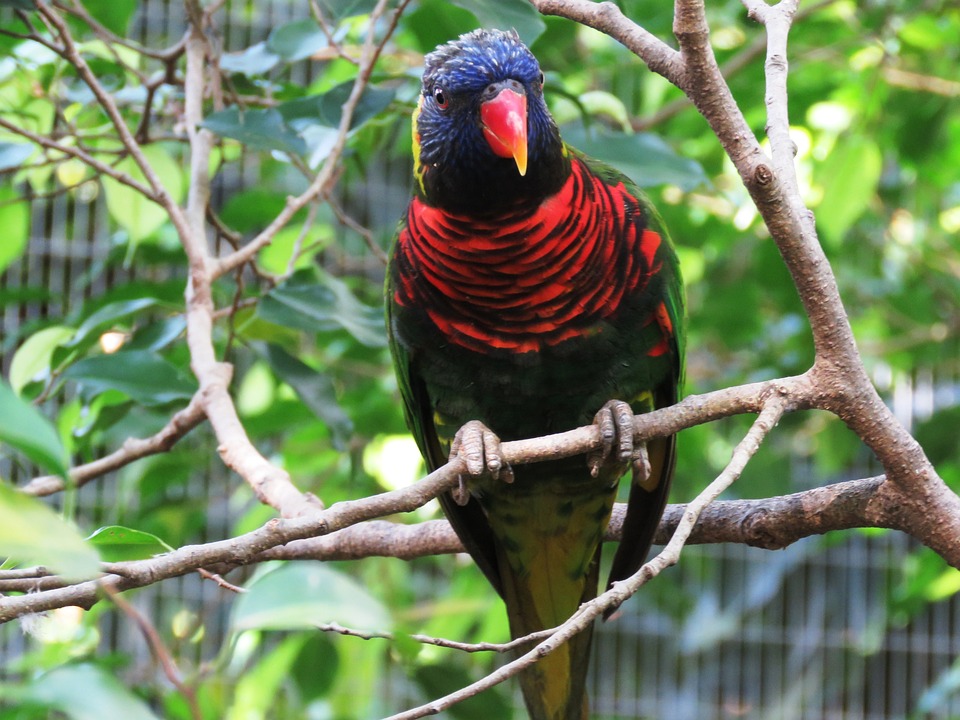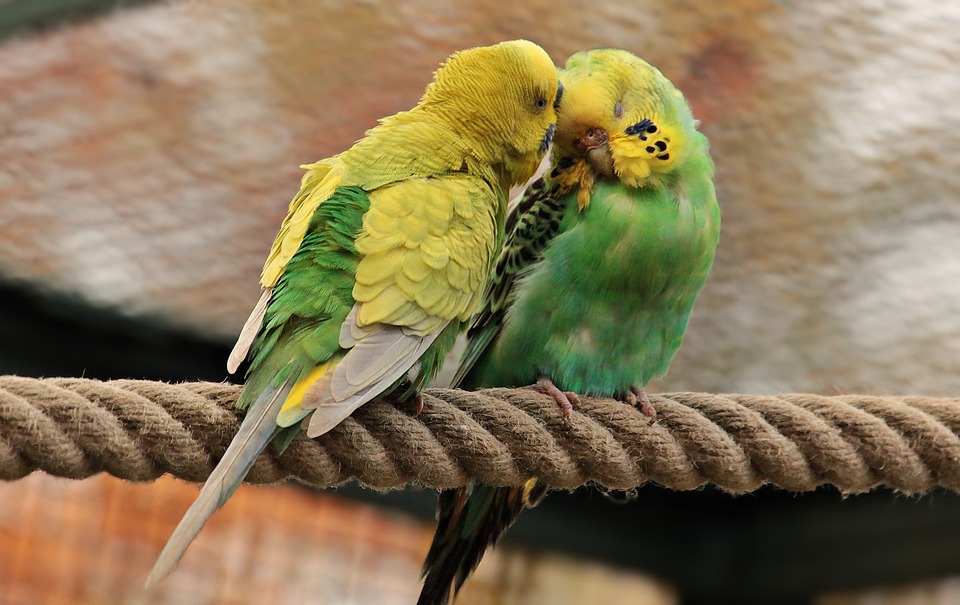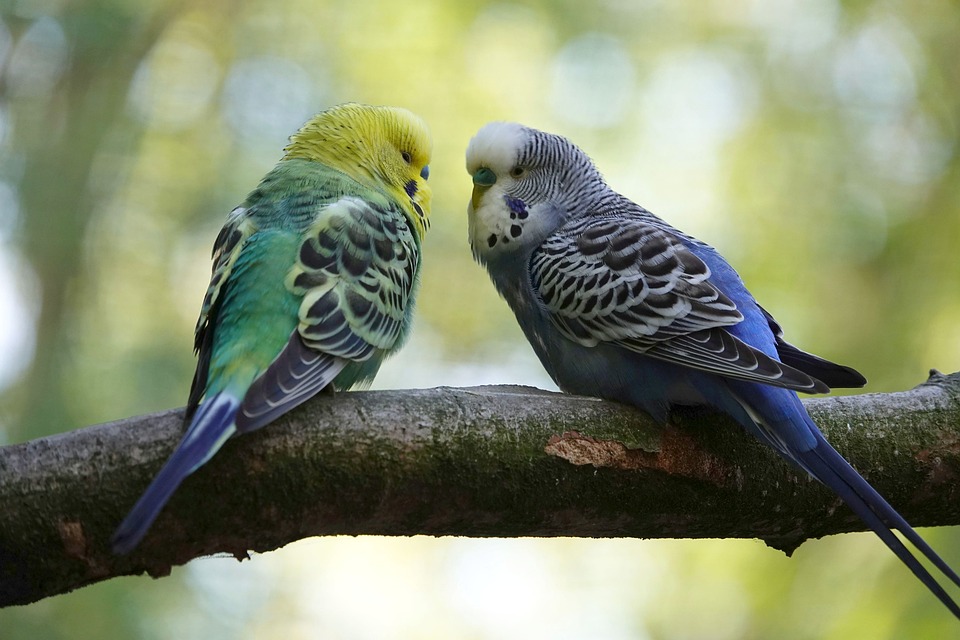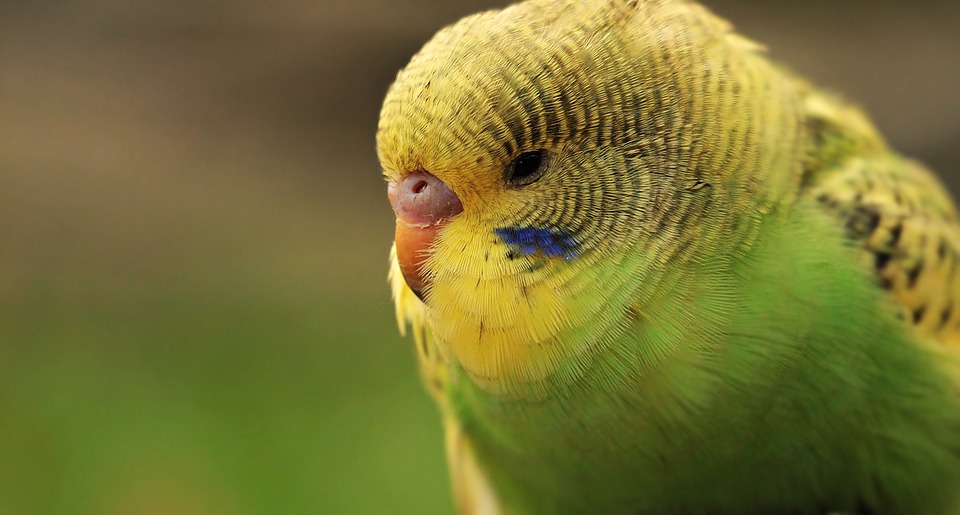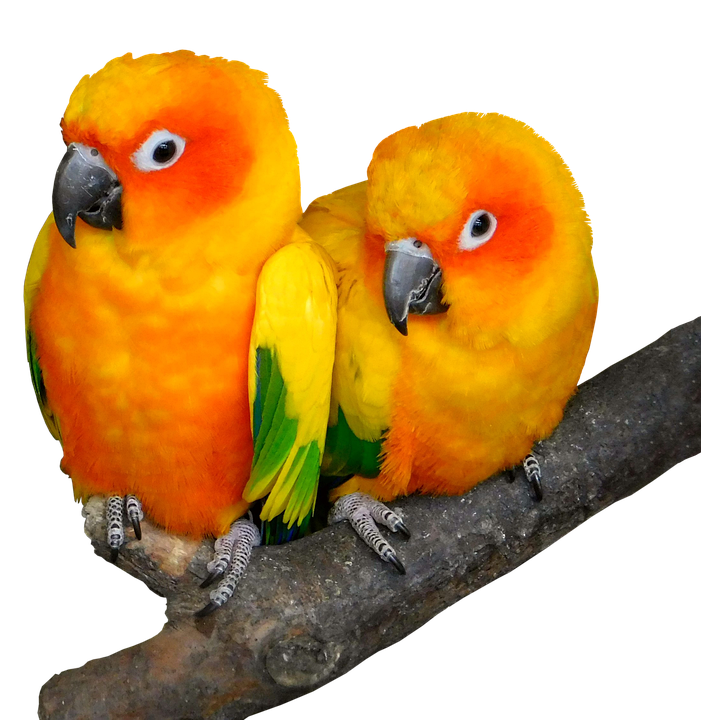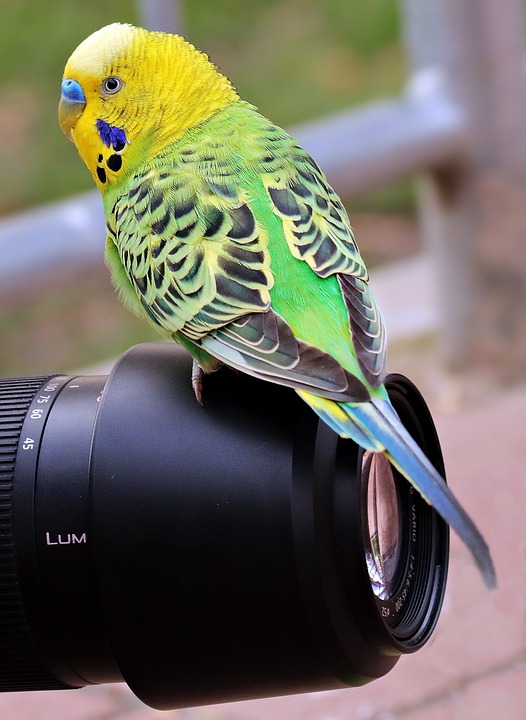Owning a parrot can be a rewarding and enriching experience, but it is important for every owner to understand and address their pet’s territorial behavior. Parrots, like many other animals, have an innate need to establish and defend their territory. By understanding the causes and signs of territoriality, as well as effective management and prevention strategies, parrot owners can ensure a harmonious and fulfilling relationship with their feathered friend.
Territorial behavior in parrots is a natural instinct rooted in their survival instincts. In the wild, parrots establish territories for breeding, nesting, and foraging. This behavior is also influenced by hormonal changes, particularly during breeding season. Additionally, environmental factors such as the size and setup of the cage can play a role in triggering territorial behavior. Lack of socialization and attention from their owners can also contribute to territoriality.
Recognizing the signs of parrot territorial behavior is essential for effective management. Aggressive behavior and biting are common manifestations of territoriality, as parrots try to defend their perceived territory from perceived threats. Feather plucking and self-mutilation can also be signs of territorial stress. Vocalizations and screeching are another way parrots assert their territorial boundaries, while excessive territorial marking, such as urine spraying, can be problematic.
Managing and preventing parrot territorial behavior requires a proactive approach. Providing an enriching and stimulating environment for your parrot, including toys and interactive activities, can help alleviate territorial stress. Establishing a routine and consistent training regimen can also provide a sense of security for your parrot. Positive reinforcement and reward-based training techniques are effective in redirecting and modifying territorial behavior. Socialization and interaction with other pets and humans can also reduce territorial tendencies.
In the frequently asked questions section, common concerns about parrot territorial behavior are addressed. The duration of territorial behavior can vary depending on the individual parrot and the underlying causes. Neutering or spaying can help reduce hormonal influences on territorial behavior, but it is not a guaranteed solution. Training a parrot to be less territorial is possible, but it requires patience and consistency. If a parrot becomes aggressive due to territoriality, it is important to seek professional advice and training. Finally, while certain parrot species may be more prone to territorial behavior, each individual parrot is unique and may exhibit different behaviors.
In conclusion, understanding parrot territorial behavior is crucial for every owner to establish a strong bond with their pet. By recognizing the signs, addressing the underlying causes, and implementing proper training and enrichment techniques, parrot owners can effectively manage and prevent territorial behavior. Remember, patience, consistency, and positive reinforcement are key to nurturing a happy and well-adjusted parrot.

